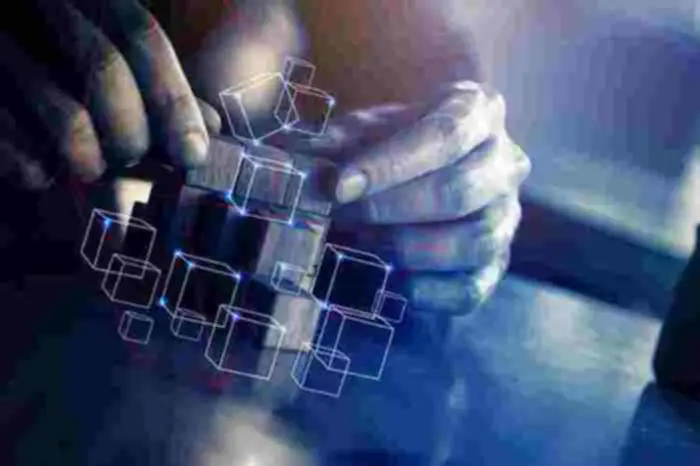Trigger And Effect Diagrams: A Visual Tool For Root Cause Analysis
Cassino Online País Brasileiro Jogos De Cassino Com Dinheiro Rea
Janeiro 17, 2023Azerbaycanda Etibarlı Bukmeker Kontor
Janeiro 20, 2023A line known as the “backbone” or “spine” should prolong to the left ranging from the sting of the primary field (if you are utilizing a SmartDraw template, this can already be there for you). Next, angle branches off of the spine, every representing a cause or effect of the principle issue. The basic “lack of training” trigger on the original diagram is often cause-effect diagram a good danger signal that the causal chain must be checked. Lack of coaching in reading the catalog will create studying errors, but if the errors come on the keying stage, no amount of coaching on use of the catalog will do any good. Whenever one sees “lack of training” (or lack of anything else for that matter) on a C-E diagram, one ought to ask two questions.
Represents Advanced Situations In An Understandable Manner
The following vendors provide tools and templates to create fishbone diagrams. A fishbone diagram is useful in project management, product development and troubleshooting processes, usually used to focus a conversation round a problem. For occasion, healthcare, training and repair industries use fishbone diagrams for numerous functions, similar to process enchancment and addressing customer support points. A trigger and impact diagram is a strong visual tool that helps determine and arrange potential causes of a difficulty or impact. Also known as a fishbone diagram or Ishikawa diagram, it is widely used in many industries to identify the basis causes of issues.

January 24, 2023 Who’s A Process Owner?
There are a number of benefits to trigger and impact diagrams that assist visualize problems and their causes to check related solutions. Since the list of issues in a trigger and impact diagram can be fairly large, the staff ought to use a prioritization method or a number of voting to reduce back the record of possible causes to be additional investigated. After a relationship has been established it might be potential to manage the cause (using SPC or different methods) and therefore management or minimise the effect. The scatter diagram is a quick and soiled check for attainable trigger and effect relationships. It does not show that one variable causes the other but it does make it clear whether or not a relationship exists and the degree of scatter gives a good suggestion of the energy of the connection.
Mindmanager Case Research: Murau Brewery
This helps groups to establish multiple elements that contribute to an observed effect. Because these now hint out logical causal chains, it is easier to plot effective methods of testing the theories. For example, form codecs which trigger issues in keying could differ from these which create problems within the original pencil entry. When diagnosing the trigger of an issue, a trigger and impact diagram helps arrange varied theories in regards to the root causes and presents them graphically.

A cause-effect diagram can generally be helpful in pondering systematically concerning the resistance that the proposed resolution is likely to meet. If the phenomenon to be explained is resistance to the proposed remedy, then the staff can assemble a cause-effect diagram to assist establish an important resistances it will need to tackle. The second energy of this software is that its graphical illustration permits for the manifestation of complex situations, showing clear relationships between parts.
- A small team from the division had been asked to contribute to the cause and impact evaluation, participating in three brainstorming sessions including training on the methods of setting up the diagram.
- Once an order has been positioned, a predictable and standardized process ought to be adopted by way of to delivery.
- Details all the way down to the design of the car’s doorways, so drivers may relaxation their arm on it whereas driving, were thought-about.
- Choose from fishbone, Ishikawa, cause and effect, or dozens of other templates.
Use the 5 Whys or 6 Ms framework to determine the root trigger of each problem. Verify that the trigger on the finish of each causal chain is probably a root cause. Such a possible root trigger will normally fulfill three circumstances. (1) You can trace a logical causal relationship from that cause, via all its intermediate causes, to the final impact being explained.

To make clear the issue, you must embody info like the place and how typically the issue happens and who is involved. The more particular you could be, the narrower your focus is as you problem-solve. One approach is to search for patterns or clusters of related causes. For instance, if multiple causes in different categories all relate to a particular side of the problem, which will counsel that this can be a notably necessary area to research additional.
In this instance, lighting must be investigated additional – what if the lighting triggered a technician to make a mistake resulting in a part not being installed properly? If that’s the case, the part not being installed properly can be listed on the fishbone diagram under the “method” class of the 6 Ms. Finally, if you have or know of a great set of examples of fishbone diagrams and are prepared to share them with this article, please ship them over. A trigger and effect diagram (also generally known as a fishbone or Ishikawa diagram) helps you to visualize the relationship among the many events described in your analysis. This diagram presents all the occasions that lead as a lot as the selected impact or merchandise failure.
From there, the diagram ought to be full, and the issue recognized along with its potential results or consequences. This will enable the team to work on the recognized downside in a well-directed manner, generate related options, and obtain the expected outcomes. The main benefit of this software is that it focuses the eye of all individuals involved within the specific downside in a systematic and structured method.
Brainstorming is normally used to determine the attainable main causes. After figuring out a major trigger, the staff shall go in deep and establish as many secondary or tertiary causes as potential in each of the first causes. Each of the main causes is positioned in a field horizontal to the first line and linked to that line at an inclination of approximately 70°.
A trigger and impact diagram examines why one thing happened or might occur by organizing potential causes into smaller categories. It can be useful for exhibiting relationships between contributing components. One of the Seven Basic Tools of Quality, it is often referred to as a fishbone diagram or Ishikawa diagram.
The primary application of cause and impact diagrams is for the organized association of theories about the causes of the observed quality downside that the team needs to deal with. Once the theories are nicely understood and arranged, the staff will use its collective judgment to determine those theories that want testing. The ultimate goal of the characterization step is to determine the basis cause or primary causes of the team’s downside.
The first step in making a cause and effect diagram is to obviously determine the problem that must be addressed. The branches are further divided into smaller sub-branches that characterize particular causes. The diagram may be as easy or as complicated as needed, depending on the issue at hand.
